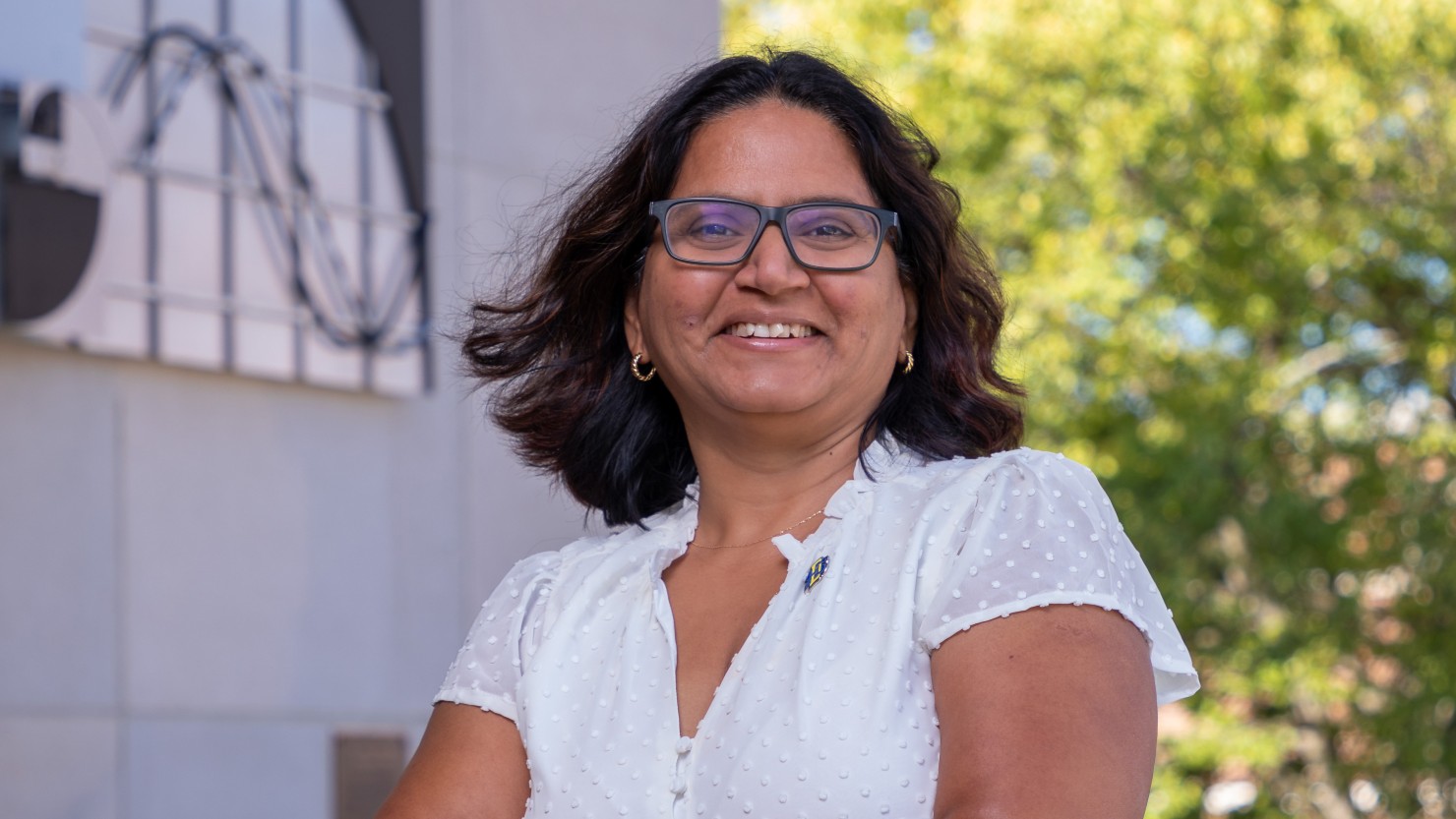Heat Exchanger and Space Flight: Materials Science and Metal Alloys Used as Heat Exchanger
Lesson Overview
In this unit, students investigate the physical and chemical properties of different metals and use that information to make
predictions about their usefulness in an alloy needed by NASA for creating heat exchangers.
The unit begins with an introduction to the Periodic Table and how elements are organized and then challenges students to use this information to answer guiding questions about how scientists and engineers use the Periodic Table to make decisions about what types of
materials to use for solving problems or creating new materials. There are 4 student driven investigations in the unit: The
first involves the investigation of how matter is classified by physical and chemical properties. The second inquiry
examines the physical and chemical properties of metals and alloy metals, focusing on the role of electrostatic forces and
modeling how molecular structures and properties impact the macro properties and structure of matter. The students will
be provided with additively manufactured metals (AM/3D printed) samples like the ones NASA is currently testing for space flight. Students will analyze real data from Dr. Anamika Prasad’s lab. The third inquiry focuses on how scientists and engineers balance tradeoffs when combining substances and changes to physical and chemical properties.
During the final inquiry students are presented with a challenge: build and test a passive heat exchanger that will most effectively
remove heat from a model of a NASA engine. The unit concludes with a reflection activity about the engineering and
design process and a career exploration assignment.
About the Scientist

Anamika Prasad
Institution: South Dakota State UniversityHello there! I am Anamika, an Assistant Professor in Mechanical Engineering at South Dakota State University. I work with materials: engineered ones like metal and metal alloys as well as biological ones like bones and arteries. My dad was an Electrical Engineering, and my mom was a Psychology Professor, so I guess I became a combination of them: Engineering Professor! Growing up, I loved math and science, and I always knew I would be working in that area but was not sure exactly how. So, my path has been a series of gradual reckoning of my passion for engineering. I finished my undergrad as a Civil Engineer and worked for three years designing bridges and structures. It was scary to see my signatures on design blueprints when the structure was under construction, but it all seemed worthwhile when I would see the finished product. After three years in the industry, I wanted to go back to learning and teaching. So, I moved on for my graduate studies at MIT USA, where I first did a Master’s in civil engineering, and then a Ph.D. in materials science. The materials used in engineering fascinated me more than the structural design, and so the move to materials science seemed natural for me. Now, I study the structure, processing, and mechanical behavior of materials for applications varying from rocket engines, to medical implants, to biomedical implants. I have worked in the US and India, and the one thing that unfortunately was common across the globe was me being either the first or the only female in the room. I am so glad to see the next generation of boys and girls working together and doing their part in changing that number. I find engineering an exciting and ever-evolving field with room for many different interests and ideas. New concepts can give rise to new areas to explore, such as the recent areas of Nanotechnology, AM/3D printing, and Bioengineering. Having a diverse room with different experiences and backgrounds will only make it a more exciting ride for all!
 National Science Foundation RII Track-1 Project:Expanding Research, Education and Innovation in South Dakota
National Science Foundation RII Track-1 Project:Expanding Research, Education and Innovation in South Dakota